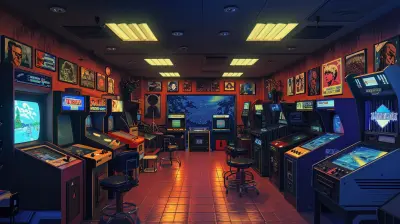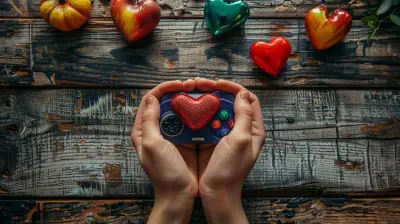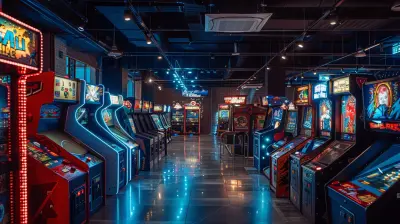Rediscovering the Magic of 16-Bit Adventures
18 July 2025
So, you woke up one day, stared at your flashy next-gen console, sighed, and thought, “Why does everything feel so… sterile?” You're not alone. If you’ve been swimming in a sea of hyperrealistic graphics, endless microtransactions, and patches the size of small planets, it might be time to do something totally radical.
Let’s hop in our pixel-powered time machine and head back to a time when your game didn’t need a 30-minute update before you could press ‘Start.’ That’s right, we’re diving headfirst into the glorious, nostalgic, toe-tapping world of 16-bit adventures. And trust me, it's not just old folks reminiscing about the "good old days." There’s real magic here.
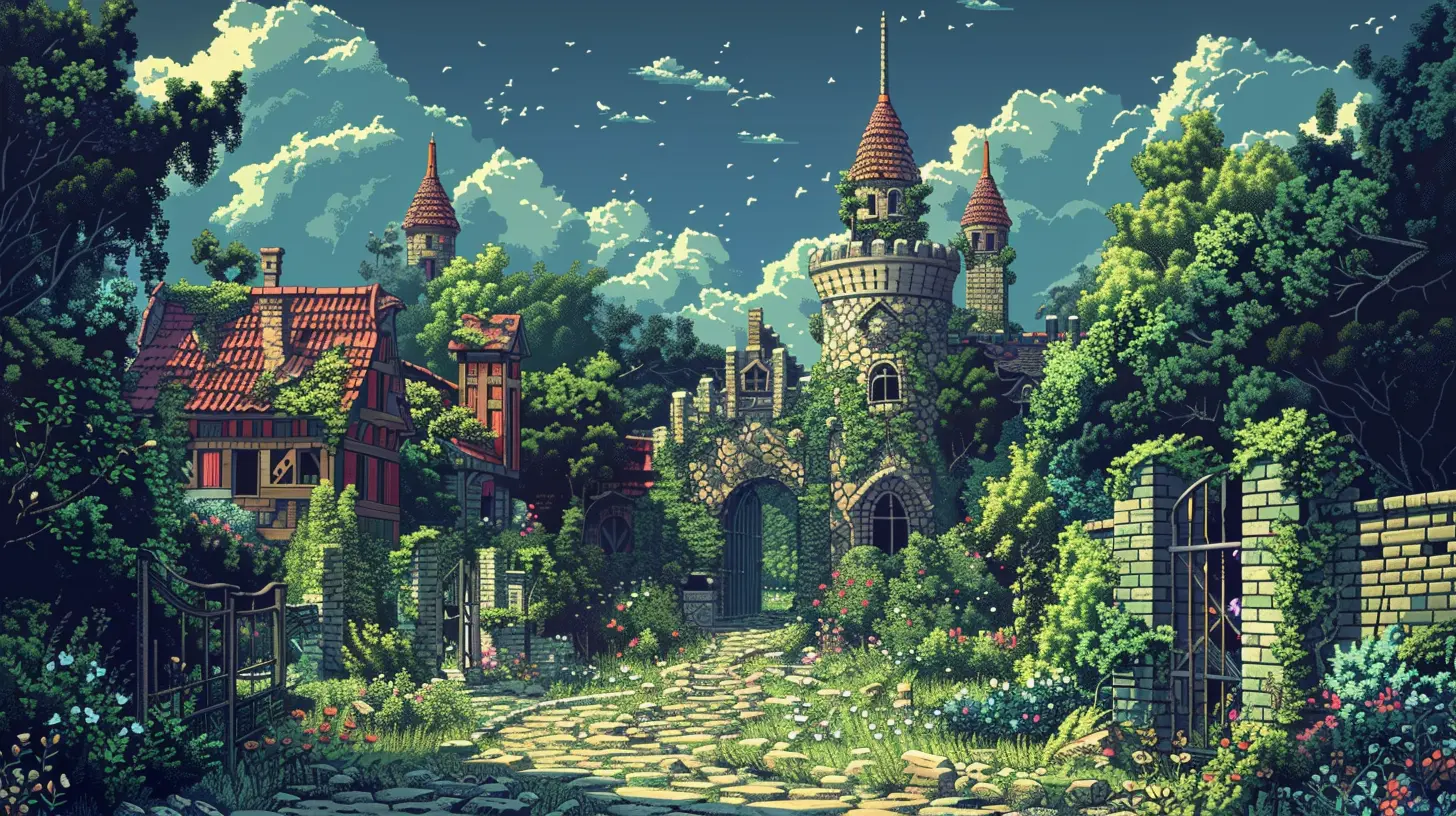
What Even Is 16-Bit, Anyway?
Okay, quick nerdy detour—but I promise to keep it snappy. When we talk “16-bit,” we’re talking about the golden era of the late '80s to mid '90s, where consoles like the Super Nintendo Entertainment System (SNES) and the Sega Genesis ruled the living room.Back then, 16-bit referred to the processor’s word size. But let’s be real—nobody cared about technical specs unless they were trying to one-up their friend in the lunchroom. What mattered was that the games looked better, sounded better, and played smoother than anything that came before.
16-bit was the pixel-perfect sweet spot between charming simplicity and deep gameplay. And if you ask me, most modern games still haven’t quite recreated that lightning-in-a-cartridge.
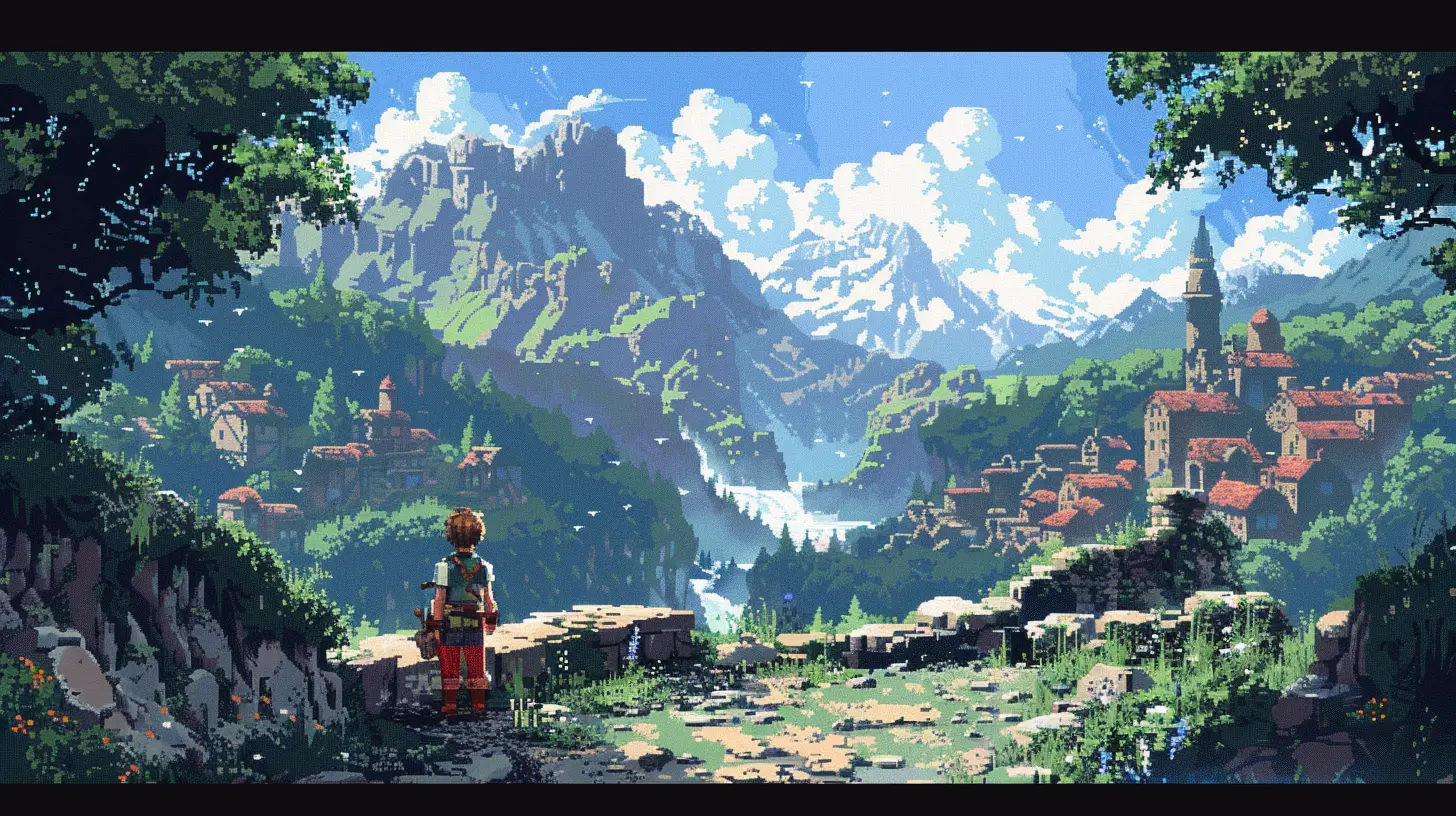
The Gameplay Was Actually… Fun. Remember That?
You know what’s more exciting than mindlessly following a sparkly waypoint across a never-ending map? Actually figuring stuff out.16-bit adventures had this magical way of holding your hand just enough to keep you from walking into a digital wall, but not so much that you felt like a toddler with a GPS. Whether it was The Legend of Zelda: A Link to the Past giving you cryptic clues, or Chrono Trigger dropping time-traveling plot twists like mic drops, these games made you feel smart when you solved something.
They didn’t need ultrarealistic physics or a cinematic universe to suck you in. They just needed good game design. Shocking, right?
Boss Fights That Didn’t Make You Cry (From Frustration)
Let’s talk bosses. Not soul-crushing, patience-obliterating “Souls-style” bosses. I’m talking about the classic, pattern-based, learn-as-you-go big bads. Remember when every boss actually looked different and had a vibe?In 16-bit games, boss fights were like rhythm games with fireballs. You studied brief patterns, maybe died once or twice, then absolutely obliterated that pixelated monstrosity with a smile on your face. That’s dopamine. That’s balance. That’s art.
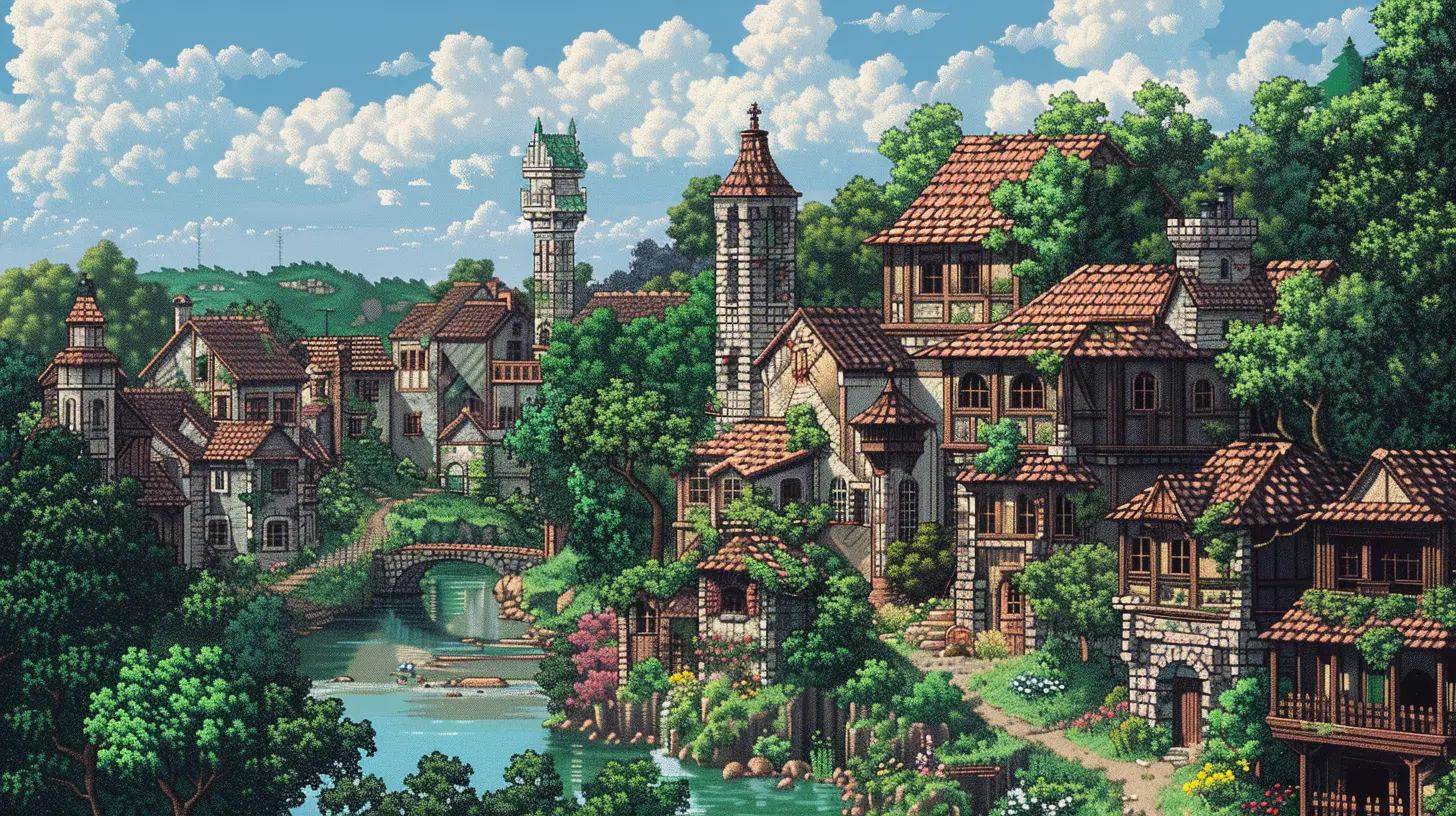
The Soundtracks Were Bangin’
I don’t know who needs to hear this, but there’s a reason people still remix 16-bit music on YouTube. Have you ever really listened to the Donkey Kong Country underwater level theme? That is liquid audio poetry.Composers back then worked with severe limitations—yet somehow still managed to create unforgettable tunes that burned themselves into our brains like a mixtape from the gods. You could hum the Mega Man X intro stage music in your sleep—and honestly, you'd probably wake up feeling motivated.
That’s the difference: modern music scores sound cinematic, but 16-bit music feels personal. It becomes part of the game’s soul.
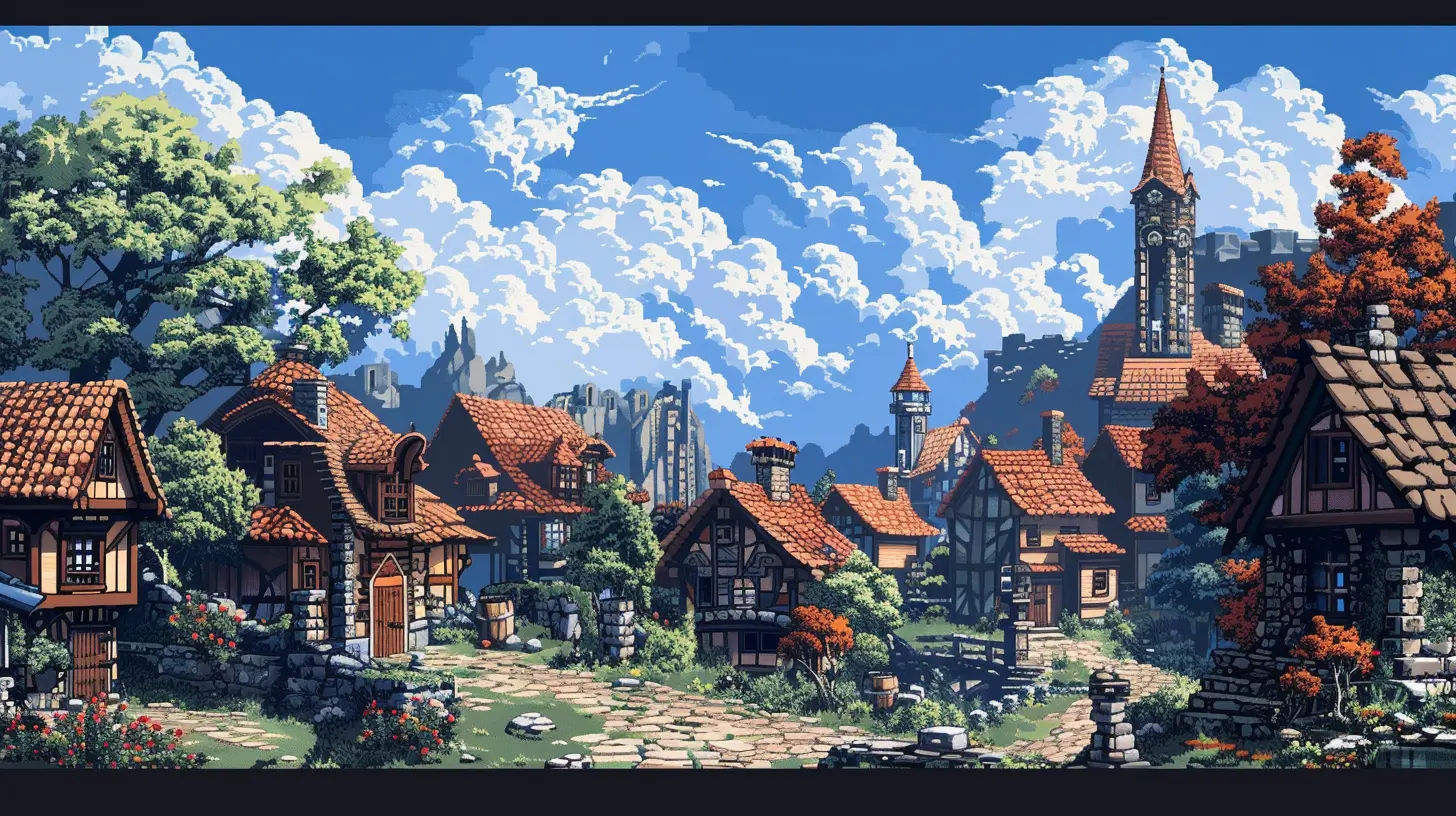
Graphics That Don’t Need Ray Tracing to Slap
Oh sure, we all love shockingly lifelike dust particles and hyper-detailed pores—but you know what really sticks with you? Sprites with personality.16-bit graphics were handcrafted pixel by pixel. That mushroom enemy? Someone probably spent their whole afternoon animating its little waddle. There’s a certain warmth in that kind of design, like the difference between a home-cooked meal and freeze-dried astronaut food.
Games like Secret of Mana, EarthBound, and Final Fantasy VI had worlds that were genuinely beautiful—not because of technical wizardry, but because of artistry and charm. You didn’t have to imagine what the emotional tone was because the visuals told you. In pure, delicious pixel form.
Storytelling With a Heart (And a Bit of Weirdness)
Let’s be honest: some modern game stories feel like they were conjured by a committee in a conference room, complete with plot points designed for maximum DLC potential. But back in the 16-bit era? Things were different.Games weren’t afraid to be weird. EarthBound had you battling piles of puke and talking to existential alien entities. Final Fantasy VI gave us Kefka—a villain who wasn’t just bad, he was theatrically bonkers. You weren’t just "saving the world" because some ancient prophecy told you to. You cared because the characters were flawed, quirky, and human (even the pixelated ones).
Best part? They told entire epic sagas in 20 to 30 hours. No 80-hour collect-a-thons. No side quests about delivering soup. Just clean, condensed storytelling bliss.
No Internet? No Problem.
Can you even imagine playing a game without needing a Wi-Fi connection? Madness, right?Yet somehow, we managed. In fact, those limitations actually made things better. You couldn’t just look up a walkthrough. You had to ask a friend. Or read a printed magazine. (Ask your parents.)
There was something thrilling about figuring things out yourself—or even completely missing entire chunks of a game because the devs hid them so well. Secrets were actually secret.
Nowadays? The second a game releases, every easter egg is posted online in horrifying detail by lunch. Where’s the fun in that?
Replayability: It Was a Thing
Let’s be real. You probably played your favorite 16-bit game dozens of times. Not because of a “New Game+” mode or achievements but because it was just that freaking good.Speedrunning? Invented back then. Trying out new item combinations? Already a thing. Games like Super Metroid and Castlevania: Symphony of the Night practically begged for repeat playthroughs. Because every time, you noticed something new—or got a little better—or just wanted to relive those peak serotonin moments.
Now, we ditch games faster than a bad Tinder date. But those 16-bit gems? Eternal.
Indie Games: The Modern Love Letter
Hold up—before you shout “Okay Grandpa, go back to your cathode-ray tube TV,” know this: 16-bit adventures aren’t just a thing of the past. Today's indie scene is carrying the torch like a boss.Games like Stardew Valley, Celeste, Shovel Knight, and Undertale are standing proud on the 16-bit shoulders of giants. These modern masterpieces embrace the pixel aesthetic, the tight gameplay, the emotional core—and they’re KILLING it.
Why? Because people still crave that classic blend of challenge, charm, and creativity. The industry may love its billion-dollar 3D spectacles, but the heart of gaming? Oh, it’s beating strong in the land of pixels.
The 16-Bit Legacy: It's Not Just a Phase, Mom
We didn’t love 16-bit games because we were kids. We loved them because they were brilliant. And those games—so humble on the surface—set the stage for everything that came after.They were the first to teach us how to navigate a world, solve a puzzle, master a skill. They brought friends together on sweaty couches and sparked lifelong obsessions. They made us laugh, cry, rage-quit—and try again.
That’s not just nostalgia. That’s legacy.
So… Where Do You Start?
If all this has you itching to dust off a cartridge, or you’re a young gamer wondering what the fuss is all about, here’s how to time travel responsibly:- Emulation: Legal gray area, schmlegal gray area. There are ways to play old classics on modern devices. Just use your judgment.
- Mini Consoles: SNES Classic Edition, Sega Genesis Mini—these cute nostalgia bombs come preloaded with some bangers.
- Modern Ports: A lot of 16-bit classics are on current platforms. Chrono Trigger on Steam, EarthBound on Switch Online, and Castlevania collections galore.
- Indie Gold: Dig into games like The Messenger or Axiom Verge. They’re dripping with 16-bit soul.
Final Thoughts: Bring the Pixels Back
In a world obsessed with ultra everything—ultra graphics, ultra monetization, ultra size—maybe what we really need is a bit of that low-bit charm. Maybe the simplicity, the heart, and the pure gameplay of the 16-bit era still have lessons to teach us.So, fire up your favorite ROM (legally, of course), grab a soda, and prepare to be wowed—again. The pixels, my friend, are still alive and kickin’.
And yes, that sound chip still slaps.
all images in this post were generated using AI tools
Category:
Retro GamesAuthor:

Greyson McVeigh
Discussion
rate this article
1 comments
Valen McCoy
Great insights! Love how 16-bit games capture nostalgia and timeless storytelling.
August 15, 2025 at 4:22 AM

Greyson McVeigh
Thank you! I'm glad you enjoyed the article and appreciate the magic of 16-bit storytelling. It truly holds a special place in gaming history!
